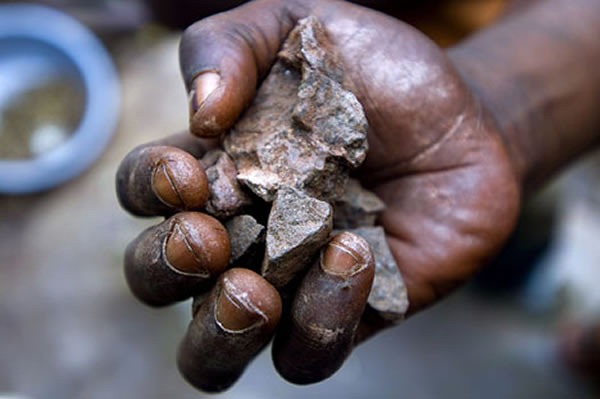
Say the word “silicon” and chances are, you’ll think of technology. After all, silicon’s relationship to tech – it’s part of what makes transistors and chips – has been part of popular culture for decades, from the “Silicon chip inside her head” opening line from the Boomtown Rats’ song I Don’t Like Mondays to “Silicon Valley” as the nickname for the suburban expanse between San Francisco and San Jose.
Silicon is only part of the equation, however. The chips that drive our computers, mobile phones and assorted electronica are actually a “layer cake” consisting not only of silicon, but also oxide and metal.
There’s also the matter of key non-chip components like capacitors, which momentarily store an electrical charge. They’re made of thin layers of conductive metal separated by a thin layer of insulator. We use their “buffering” capabilities to smooth out “spiky” electrical currents, filter through signal interference, pick out a specific frequency from a spectrum of them and other “cleaning up” operations.
One of the metals used in the manufacture of capacitors is tantalum, which you can extract from a metal ore called coltan, whose name is short for “columbite-tantalite”. About 20% of the world’s supply of tantalum comes from Congo, and proceeds of from the sale of coltan are how their warlords – the scum driving the world’s most vicious conflict, and who’ve turned the country into the rape capital of the world – are bankrolled.
I’ve never reported on a war more barbaric than Congo’s, and it haunts me. In Congo, I’ve seen women who have been mutilated, children who have been forced to eat their parents’ flesh, girls who have been subjected to rapes that destroyed their insides. Warlords finance their predations in part through the sale of mineral ore containing tantalum, tungsten, tin and gold. For example, tantalum from Congo is used to make electrical capacitors that go into phones, computers and gaming devices.
Electronics manufacturers have tried to hush all this up. They want you to look at a gadget and think “sleek,” not “blood.”
Yet now there’s a grass-roots movement pressuring companies to keep these “conflict minerals” out of high-tech supply chains. Using Facebook and YouTube, activists are harassing companies like Apple, Intel and Research in Motion (which makes the BlackBerry) to get them to lean on their suppliers and ensure the use of, say, Australian tantalum rather than tantalum peddled by a Congolese militia.
He also points to the Enough Project’s latest video, which used humour and a reference to the “I’m a Mac / I’m a PC” TV commercials to draw the public’s attention to conflict metals and to encourage them to contact electronics manufacturers and ask them to be more vigilant when sourcing components:
The Enough Project says that auditing component supply chains at the smelters to see whether the metal was sources from “clean” places like Australia or Canada instead of lining the pockets of Congolese warlords would add about one cent to the price of a cellphone, and that this figure originates from within the industry. I’d happily pay a thousand times that for each of my devices – a mere ten bucks – to ensure that I wasn’t bankrolling rape and murder.
I’ll close this post with the closing paragraph from Kristof’s op-ed:
We may be able to undercut some of the world’s most brutal militias simply by making it clear to electronics manufacturers that we don’t want our beloved gadgets to enrich sadistic gunmen. No phone or tablet computer can be considered “cool” if it may be helping perpetuate one of the most brutal wars on the planet.